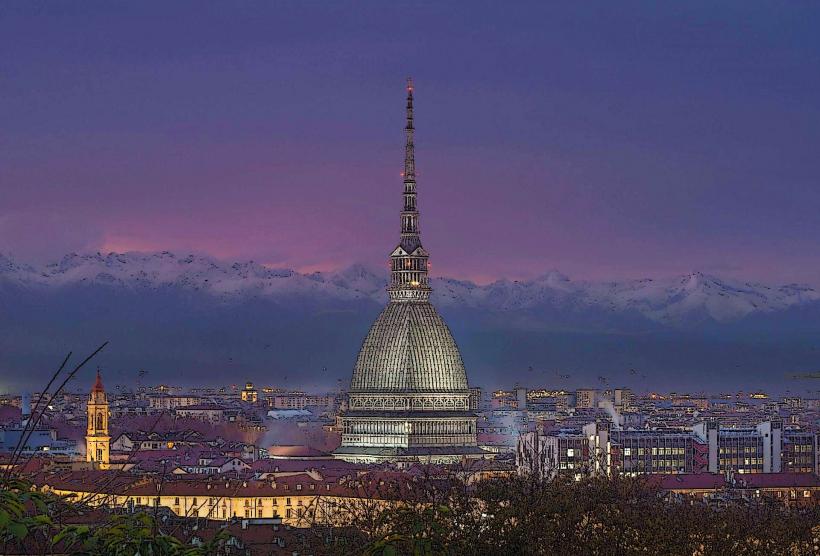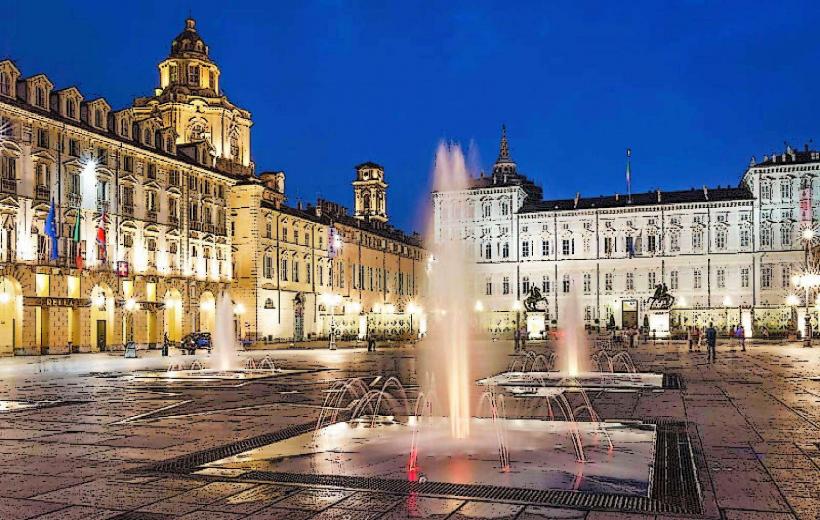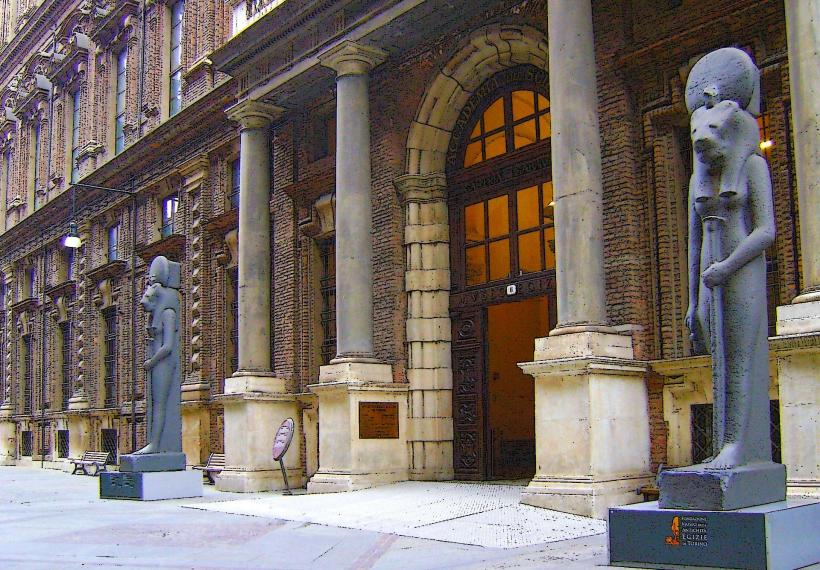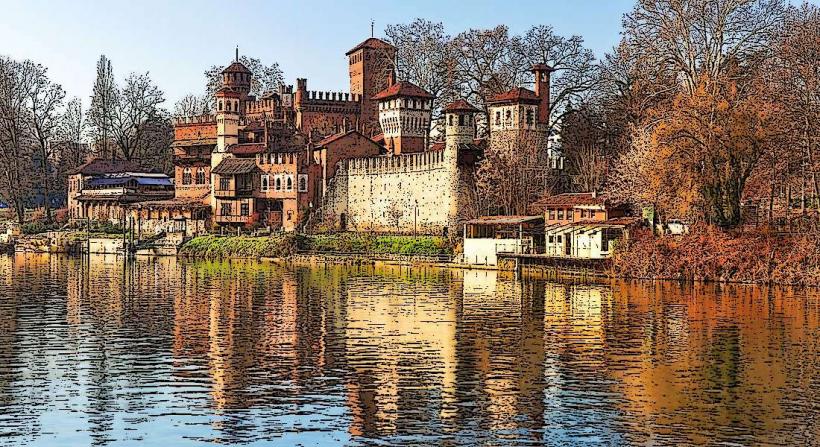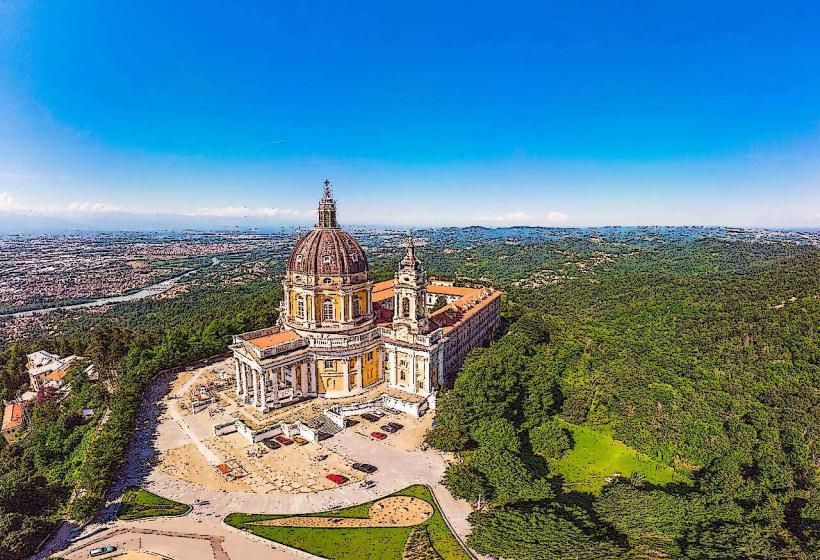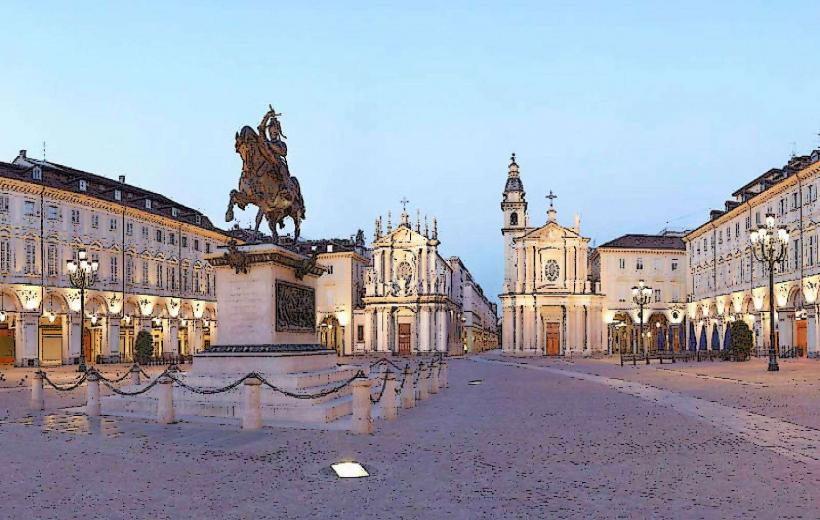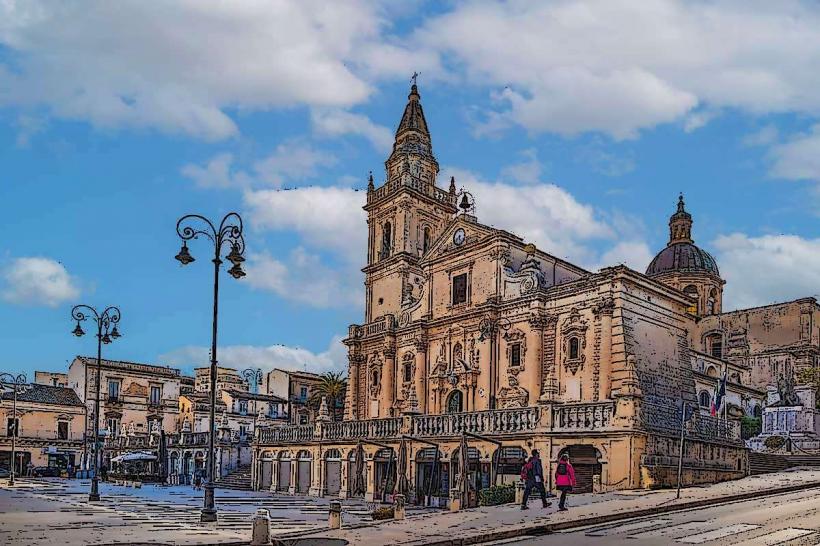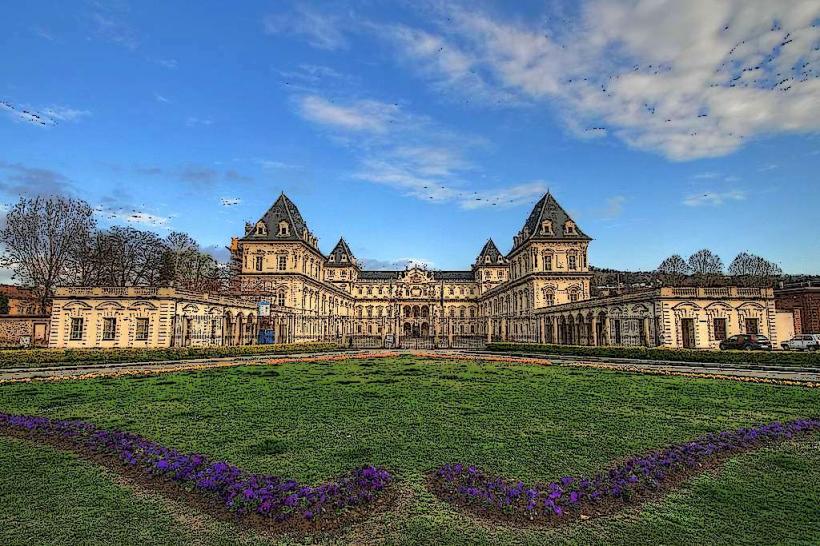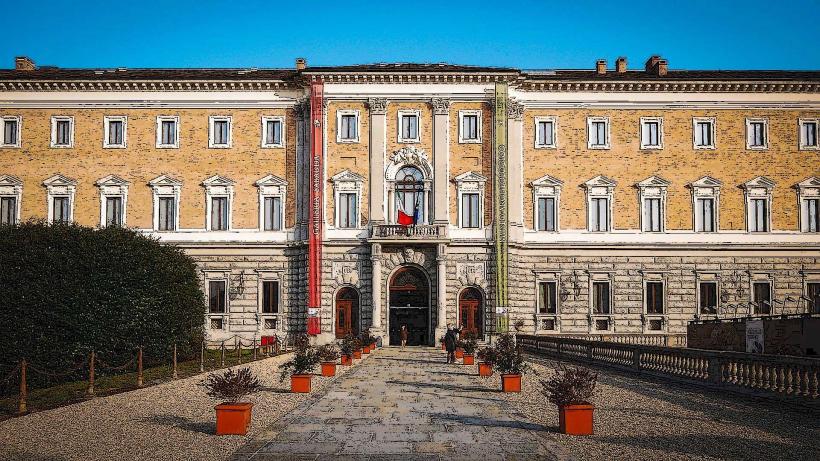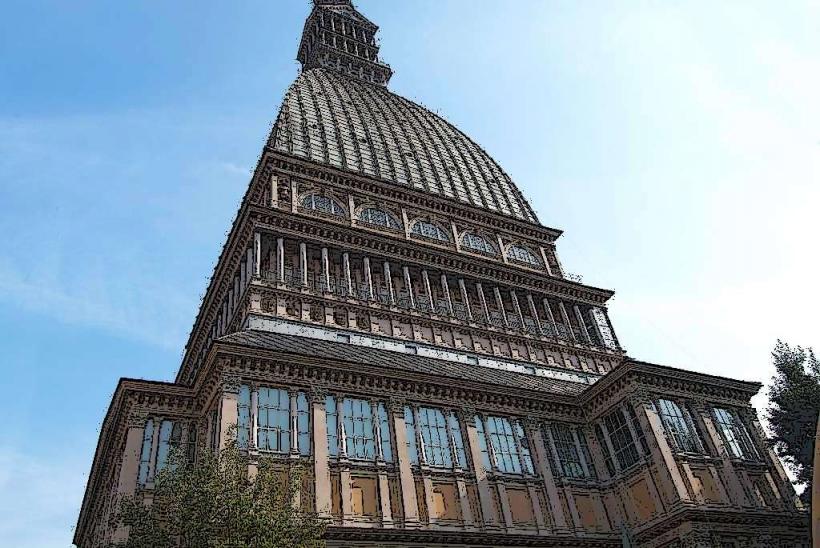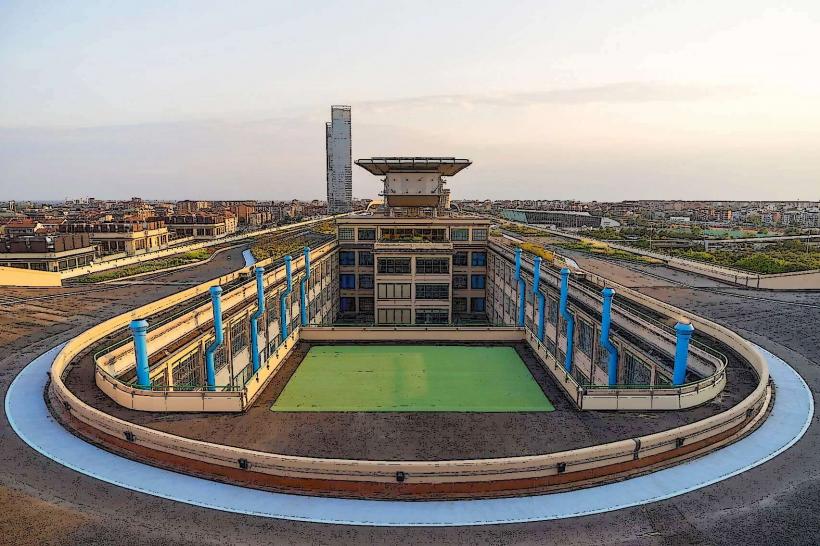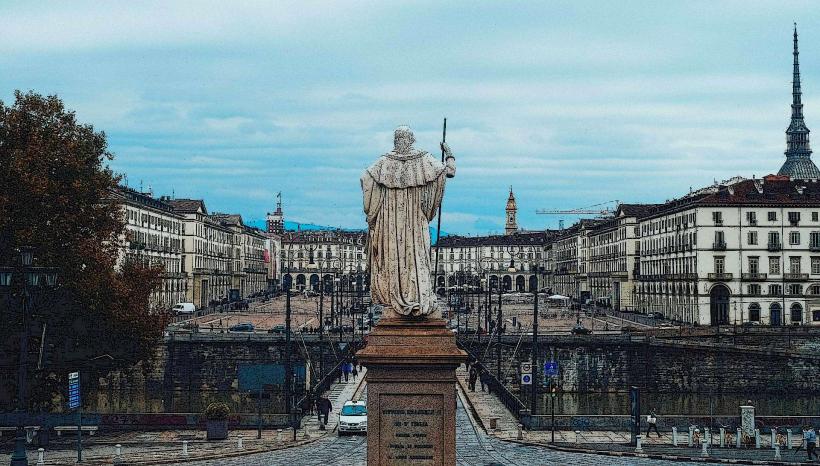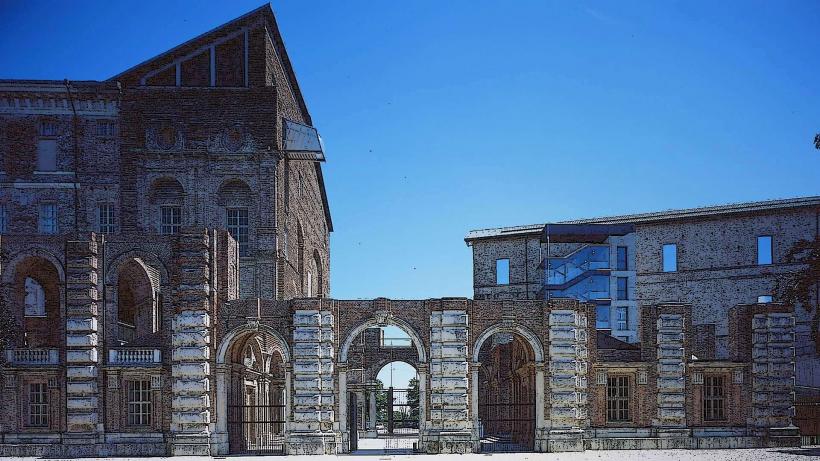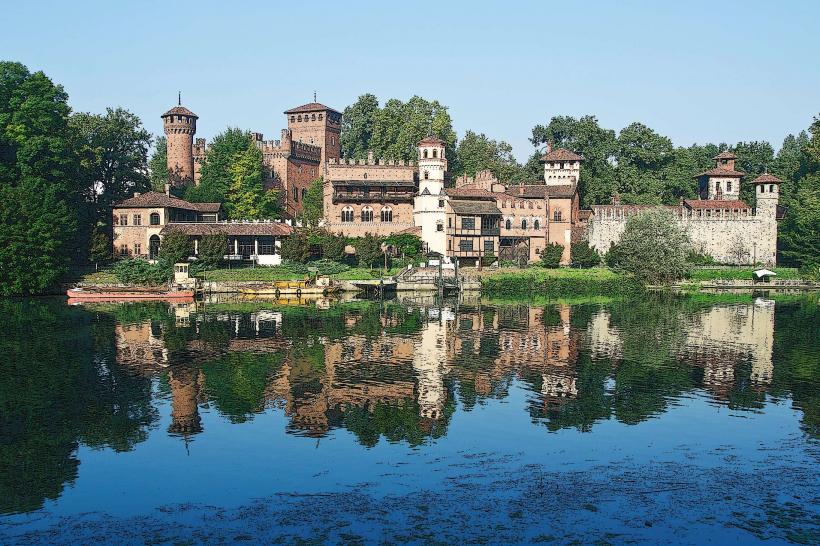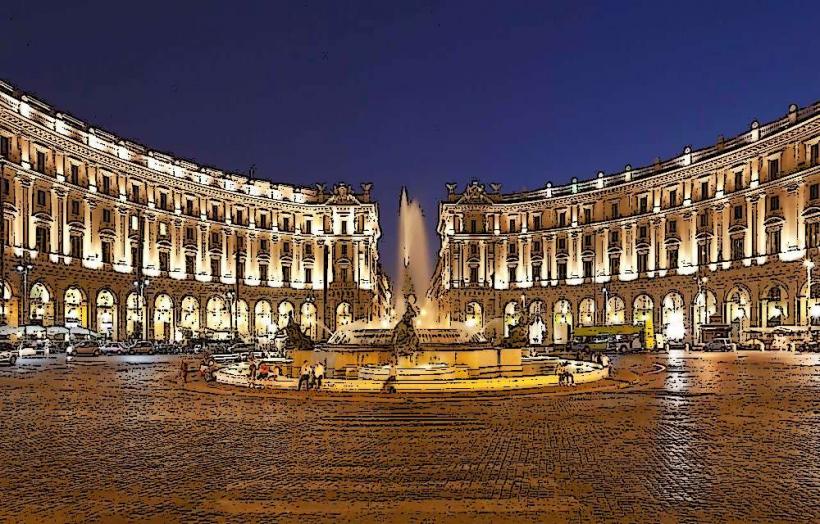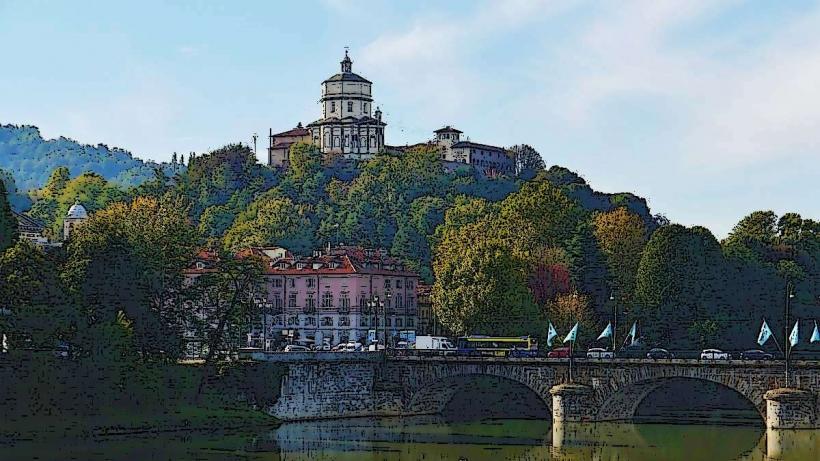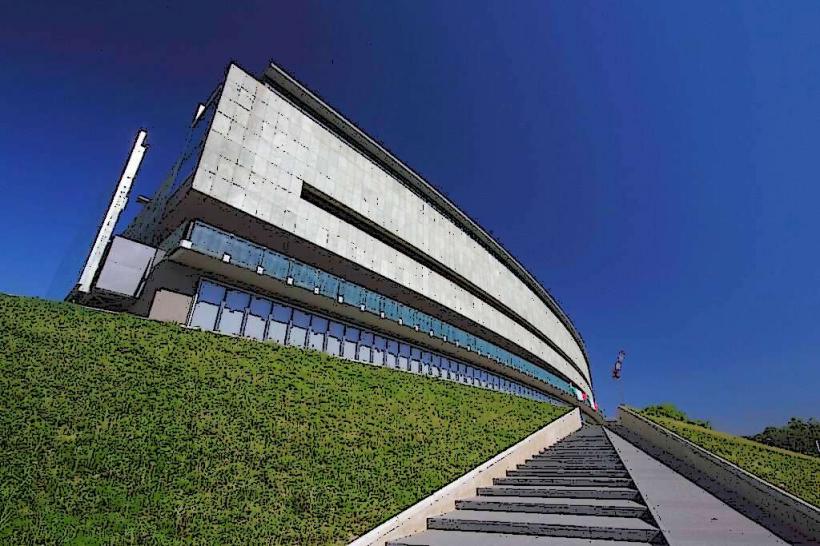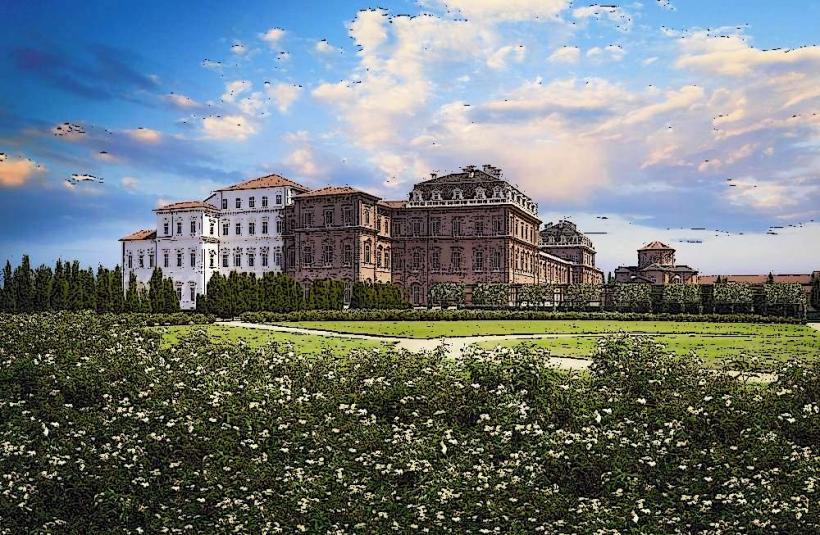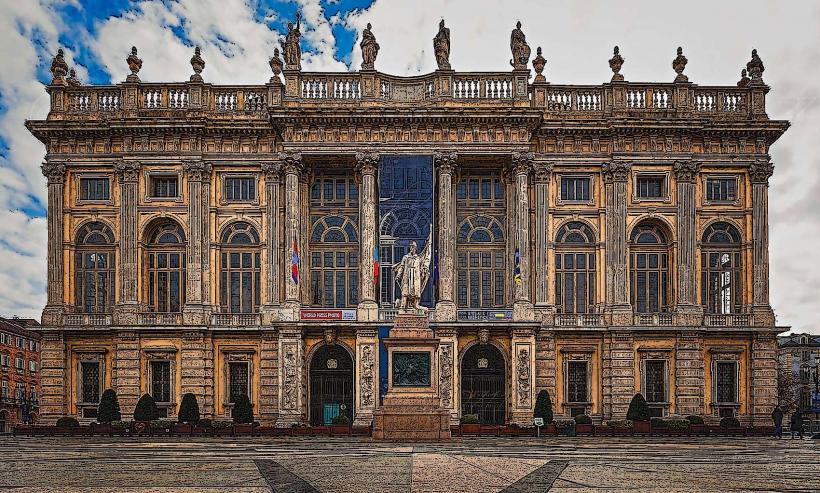Information
Landmark: Palazzo Reale di TorinoCity: Turin
Country: Italy
Continent: Europe
Palazzo Reale di Torino (Royal Palace of Turin) is one of the most important historical and architectural landmarks in Turin, Italy. It has a rich history that spans several centuries and serves as a symbol of the city's royal heritage and grandeur. Here’s a detailed overview:
Location
- Palazzo Reale is located in the heart of Turin, in Piazza Castello, the central square of the city. It is surrounded by several other key landmarks, including the Palazzo Madama, Teatro Regio, and the Royal Gardens. Its location in the city center makes it one of Turin’s most accessible and visited landmarks.
History and Significance
Origins: The Royal Palace of Turin was originally built in the 16th century, with construction beginning in 1563 under the reign of Emmanuel Philibert, Duke of Savoy. It was designed to serve as the residence of the Duke of Savoy and his court.
Evolution: Over the centuries, the palace was expanded and renovated, reflecting changing architectural styles. During the Baroque period, the palace underwent significant modifications under the influence of architect Filippo Juvarra, one of the leading figures of Italian Baroque architecture. The palace continued to evolve during the reign of the Savoy dynasty, becoming the official royal residence and later the seat of the Kingdom of Sardinia and eventually the Kingdom of Italy.
Savoy Family: The palace was the seat of the Savoy family, who played a pivotal role in the unification of Italy in the 19th century. The Savoy family ruled over the Kingdom of Sardinia and later the Kingdom of Italy until the monarchy was abolished in 1946.
Architectural Features
Baroque and Rococo Design: The palace showcases a mix of Baroque, Rococo, and Neoclassical architectural styles, with several rooms featuring lavish decorations, intricate frescoes, and fine furnishings. The influence of Filippo Juvarra is most evident in the design of the palace’s interiors, including the Grand Staircase and the Royal Chapel.
Facade and Exterior: The exterior of the palace is characterized by its elegant Baroque design. The main façade faces Piazza Castello, with a grand entrance and ornate detailing that reflects the palace’s royal status. The building’s symmetrical design and large windows are framed by classic columns and arches.
Royal Gardens: Adjacent to the palace is the Royal Garden, a beautifully landscaped area that features symmetrical pathways, fountains, and statues. The gardens offer a serene escape from the hustle and bustle of the city and are a perfect spot for visitors to explore.
Royal Chapel: The Chapel of the Holy Shroud (Cappella della Sacra Sindone) is located within the palace and is renowned for housing the Shroud of Turin—the famous relic believed by some to be the burial cloth of Jesus Christ. The chapel was designed by the architect Guarino Guarini in the late 17th century.
Key Rooms and Interior Spaces
Sala del Trono (Throne Room): The Throne Room is one of the most majestic rooms in the palace. It is adorned with rich tapestries, intricate woodwork, and lavish furnishings. The throne used by the King of Sardinia during ceremonies can still be found here.
Galleria Sabauda (Sabauda Gallery): This gallery houses an important collection of Renaissance and Baroque paintings, including works by artists such as Caravaggio, Van Dyck, and Rubens. The gallery is a must-see for art lovers visiting the palace.
Appartamenti Reali (Royal Apartments): The royal apartments are a series of rooms that once served as the private living spaces of the royal family. These rooms are furnished with fine 18th-century furniture, luxurious tapestries, and ornate decorations that reflect the opulence of the Savoy court.
Sala delle Guardie: This room features beautiful frescoes and was once the guardroom for the palace's military personnel.
Museum and Cultural Heritage
Palazzo Reale as a Museum: Today, Palazzo Reale serves as a museum open to the public, offering visitors a chance to explore its royal history and artistic treasures. The museum showcases the lives of the Savoy dynasty, including exhibits on the history of the royal family, their role in the unification of Italy, and their contributions to the cultural and political life of the country.
UNESCO World Heritage Site: In 1997, the Royal Palace of Turin was included as part of the Savoy Residences UNESCO World Heritage site. The ensemble of royal residences, including the palace and its surrounding gardens, is recognized for its historical and cultural significance.
Visiting Palazzo Reale
Opening Hours: The palace is open to the public throughout the year, though it is closed on certain holidays. It’s recommended to check for specific opening times, especially during the off-season.
Admission: Visitors are required to purchase tickets for entry, and there are different pricing options depending on whether you want to visit the entire complex or specific sections like the Royal Gardens or Sabauda Gallery.
Guided Tours: Guided tours are available in multiple languages and offer an in-depth exploration of the history, art, and architecture of the palace. These tours are highly recommended for those looking to understand the full historical and cultural context of the building.
Nearby Landmarks
Piazza Castello: The Palazzo Reale is situated in Piazza Castello, a historic square that features several important landmarks such as Palazzo Madama, Teatro Regio, and Turin’s City Hall.
Teatro Regio: One of Italy's most prestigious opera houses, located nearby. Visitors can enjoy a performance or simply admire the grand building’s architecture.
Royal Gardens: The adjacent Royal Gardens are a beautiful space for relaxation and exploration, offering great views of the palace and surrounding city.
Turin Cathedral (Cattedrale di San Giovanni Battista): A short walk from the palace, the Turin Cathedral is where the Shroud of Turin is traditionally kept.
Conclusion
Palazzo Reale di Torino (Royal Palace of Turin) is a magnificent historical and architectural gem in the heart of Turin. It offers visitors a deep dive into the Savoy dynasty’s legacy, from the splendid architecture of the palace to its collection of royal art and relics. The Royal Gardens, the Royal Chapel, and the Sabauda Gallery are just a few of the highlights that make this palace a must-visit destination for history buffs, art lovers, and anyone interested in the royal history of Italy.

